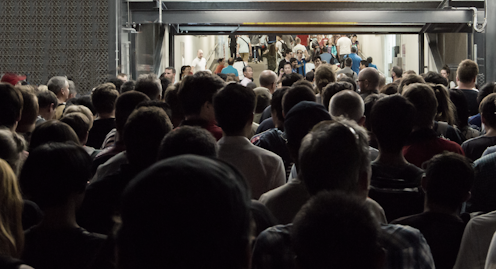How well off you are depends on who you are. Comparing the lives of Australia's Millennials, Gen-Xers and Baby Boomers
- Written by Peter Abelson, Economist, Crawford School of Public Policy, Australian National University

Most Australian voters are either Baby Boomers (born 1946 to 1964), Generation Xers (1965 to 1980) or Millennials (1981 to 1996).
And at one time or another most have been told that their generation is better off (or worse off) than the ones that came before it.
It’s tempting to think the most recent generation is always the worst off, with all the talk about the cost of living and other things in election campaigns.
But without data, or living the lives of other generations, it is hard to be sure.
Boomers are currently aged 58 to 76. They were 25-35 between 1971 and 1996.
Gen Xers are currently 42-57 and were 25-35 between 1990 and 2015. Millennials are in their 20s and 30s right now.
For most of the dimensions of well-being in which we are interested, the questions turn out to be surprisingly easy to answer, so long as we remember that the data tells us a lot about lives on average, and little about the lives of individuals.
In a study[1] prepared for the Australian National University’s Tax and Transfer Policy Institute I’ve attempted to provide answers for nine dimensions of well-being, used by the OECD, comparisons, ranging from income to housing, to personal safety to inequality.

















